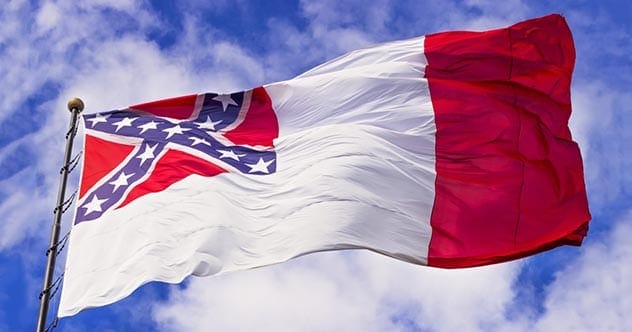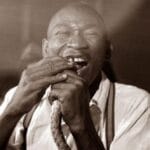The American Civil War, fought between 1861 and 1865, remains a pivotal moment in U.S. history. This conflict, which saw more American casualties than any other, deeply divided the nation.
When southern Democratic states seceded to form the Confederate States of America, many military officers followed suit, forming the CSA’s military command.
Today, more than 150 years after the war, ten bases in the American South still bear the names of prominent Confederate leaders. Let’s explore their stories.
Top 10 Army Bases Named After Confederate Generals
Fort A.P. Hill, Virginia – Ambrose Powell Hill Jr.
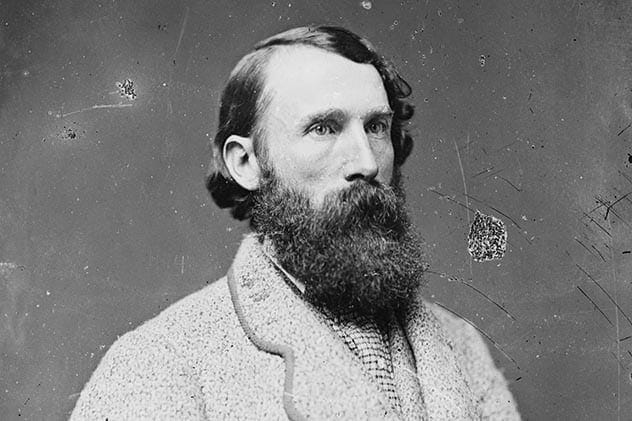
Founded in 1941 near Bowling Green, Virginia, Fort A.P. Hill serves as an Army training facility. It’s utilized by all branches of the military and law enforcement agencies for weapons training.
The fort is named after Ambrose Powell Hill, a Confederate General from Virginia. Hill previously fought for the U.S. Army in the Mexican-American and Seminole Wars before joining the Confederacy. He commanded the “Light Division” and was a key subordinate to Stonewall Jackson.
After Jackson’s death, Hill led General Lee’s Third Corps during the Gettysburg Campaign. He died in combat during the Third Battle of Petersburg in 1865.
Fort Benning, Georgia – Henry Benning

Fort Benning, Georgia, is home to the U.S. Army Infantry School, the Maneuver Center of Excellence, and the Armor School. Established in 1918 to provide basic training, it supports over 120,000 personnel, including families and veterans.
The fort honors Henry Benning, commander of “Benning’s Brigade” during the Civil War. Benning, a staunch supporter of secession, served in the Confederate Army as a Colonel of the 17th Georgia Infantry in 1861.
Rising to the rank of Brigadier General, Benning fought against General Grant during the Overland Campaign and was among the last officers to surrender in April 1865.
Fort Bragg, North Carolina – Braxton Bragg
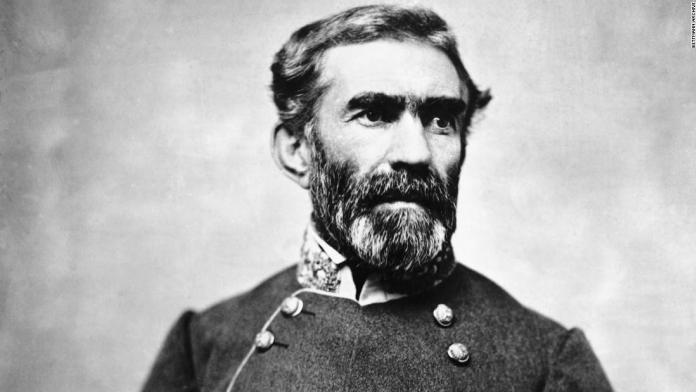
Fort Bragg, North Carolina, is the world’s largest military installation by population, supporting 50,000 active-duty personnel. Located near Fayetteville, it houses the Army’s XVIII Airborne Corps and U.S. Special Operations Command.
Established in 1918 to train artillery personnel, the fort is named after Braxton Bragg, a North Carolina native. Bragg served in the U.S. Army before joining the Confederacy, eventually becoming a Brigadier General in command of forces in Pensacola, Florida.
Bragg participated in numerous campaigns and later advised President Davis, eventually convincing him that the Confederacy’s cause was lost.
Fort Gordon, Georgia – John Brown Gordon
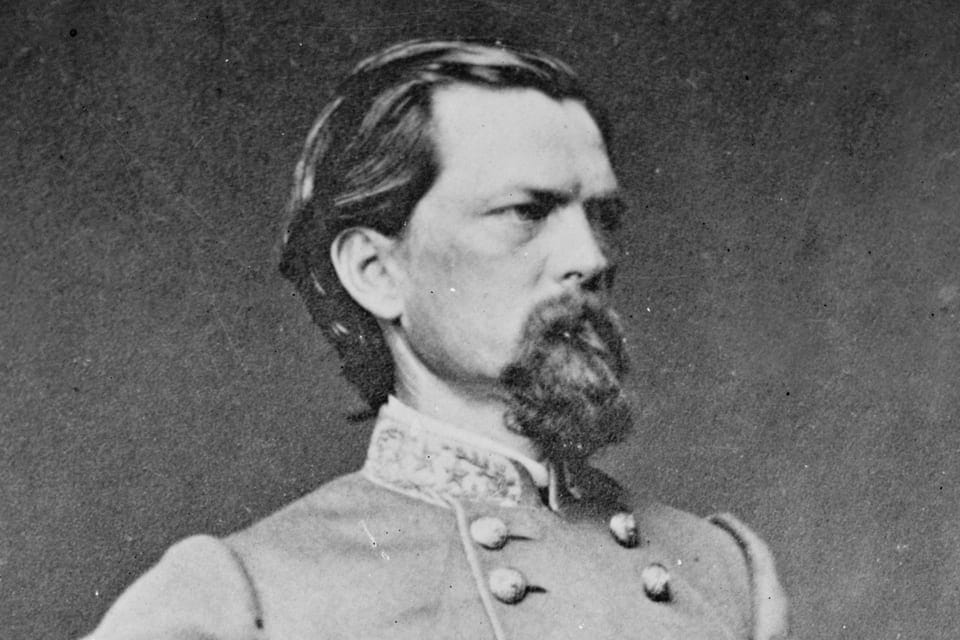
Fort Gordon, Georgia, originally Camp Gordon in 1917, trained the 82nd Division. Upgraded to a fort in 1941, it now houses the U.S. Army Signal Corps and Cyber Corps.
The fort is named for John Brown Gordon, a Confederate officer elected Captain of the 6th Alabama Infantry Regiment despite lacking prior military experience. Known for his resilience, Gordon was promoted to Brigadier General after being wounded multiple times at the Battle of Antietam.
Gordon surrendered his troops at Appomattox Court House in 1865. Post-war, he served as a U.S. Senator and the 53rd Governor of Georgia.
Fort Hood, Texas – John Bell Hood
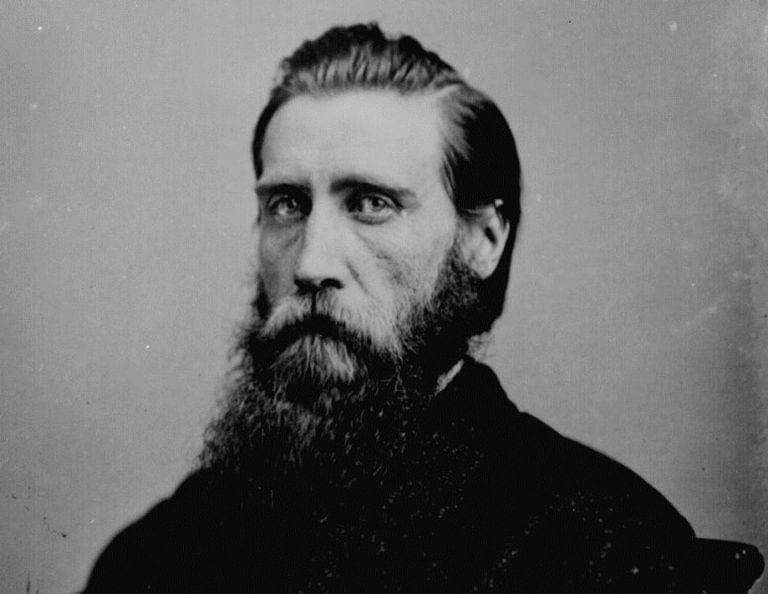
Fort Hood, Texas, founded in 1942, spans 214,000 acres. It serves as the HQ for the III Corps and the 1st Cavalry Division, testing tank destroyers during World War II.
The fort is named after John Bell Hood, a trained officer at the United States Military Academy. Hood resigned his U.S. Army commission after the Battle of Fort Sumter, joining the Confederacy and rising to the rank of General.
Hood commanded the 4th Texas Infantry Regiment and fought in significant battles, including Antietam and Gettysburg.
Fort Pickett, Virginia – George Pickett
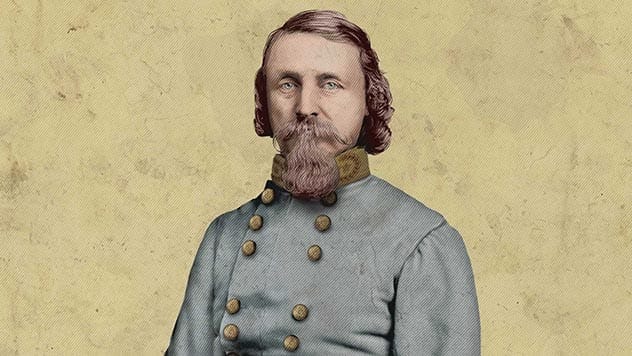
Fort Pickett, Virginia, established in 1941, serves as the Army National Guard Maneuver Training Center. It was designed to train multiple infantry divisions simultaneously.
Named after George Pickett, a former U.S. Army officer, the fort recognizes his service in the Mexican-American War. Pickett joined the Confederate States Army after resigning his U.S. commission, becoming a Brigadier General by 1862.
Pickett is most known for “Pickett’s Charge” at Gettysburg, a devastating assault that heavily impacted his division. He was present at the surrender at Appomattox Courthouse.
Fort Rucker, Alabama – Edmund Winchester Rucker

Fort Rucker, Alabama, opened during World War II to train aviators. It is now home to Army Aviation and the Warrant Officer Candidate School.
The base is named after Confederate General Edmund Rucker. Rucker enlisted in the Confederate States Army as a Private in 1861 and eventually commanded the 1st East Tennessee Legion as a Colonel.
Rucker was wounded multiple times and was later released through an exchange managed by Nathan Bedford Forrest.
Fort Polk, Louisiana – Leonidas Polk
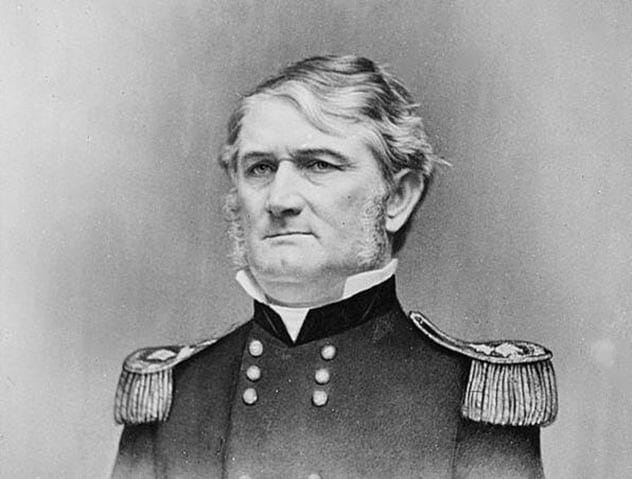
Fort Polk, Louisiana, established in 1941, is now home to the Joint Readiness Training Center and various combat units, including the 3rd Brigade Combat Team, 10th Mountain Division.
The camp is named after Leonidas Polk, the first Episcopal Bishop of Louisiana, who resigned to become a Major General in the Confederate Army. Polk’s decision to send troops to Columbus, Kentucky, led to the state requesting federal aid and effectively ceding it to the United States.
Polk commanded troops in the Army of Mississippi and Tennessee. He was killed by Union artillery fire in Georgia in 1864.
Camp Beauregard, Louisiana – Pierre Gustave Toutant-Beauregard
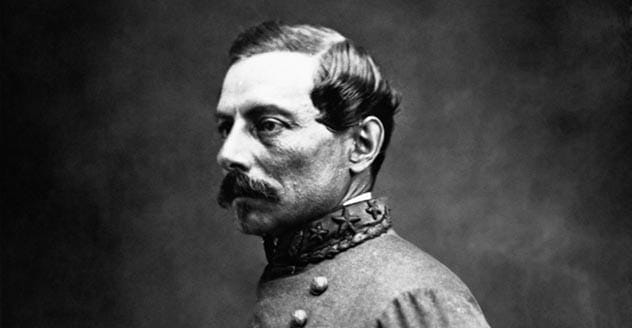
Camp Beauregard, Louisiana, established in 1918, serves as a training base for the Louisiana Army National Guard.
It is named after Pierre Gustave Toutant-Beauregard, a United States Military Academy graduate who served in the Mexican-American War and became a prominent Confederate General. Beauregard ordered the first shots of the Civil War at Fort Sumter.
After the war, Beauregard became an advocate for black civil rights and suffrage and worked as a railroad executive.
Fort Lee, Virginia – Robert Edward Lee
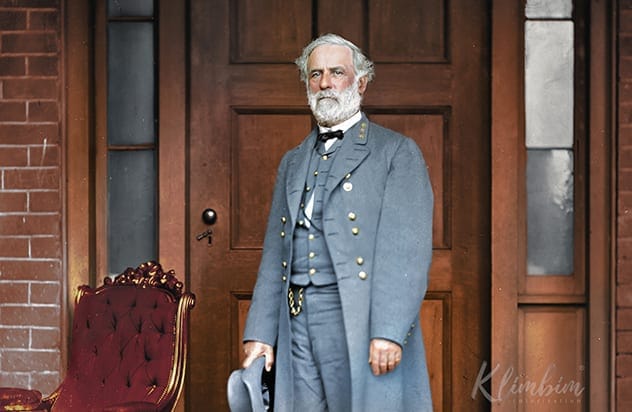
Fort Lee, Virginia, established during the Civil War, is home to the U.S. Army Combined Arms Support Command and several Army schools.
The camp is named after Confederate General Robert E. Lee, a former U.S. military officer and superintendent of the Military Academy at West Point. Despite opposing secession, Lee resigned his commission to join the Confederate States Army.
Lee commanded forces throughout the Civil War, leading the push into Gettysburg and ultimately surrendering in April 1865.
Conclusion
These ten U.S. Army bases, named after Confederate generals, reflect a complex history. From Fort A.P. Hill to Fort Lee, each base carries a legacy tied to some of the Civil War’s most controversial figures. Understanding this history provides valuable insight into the ongoing debates surrounding these names and their place in modern America.
What are your thoughts on these historical names? Leave your comment below!


